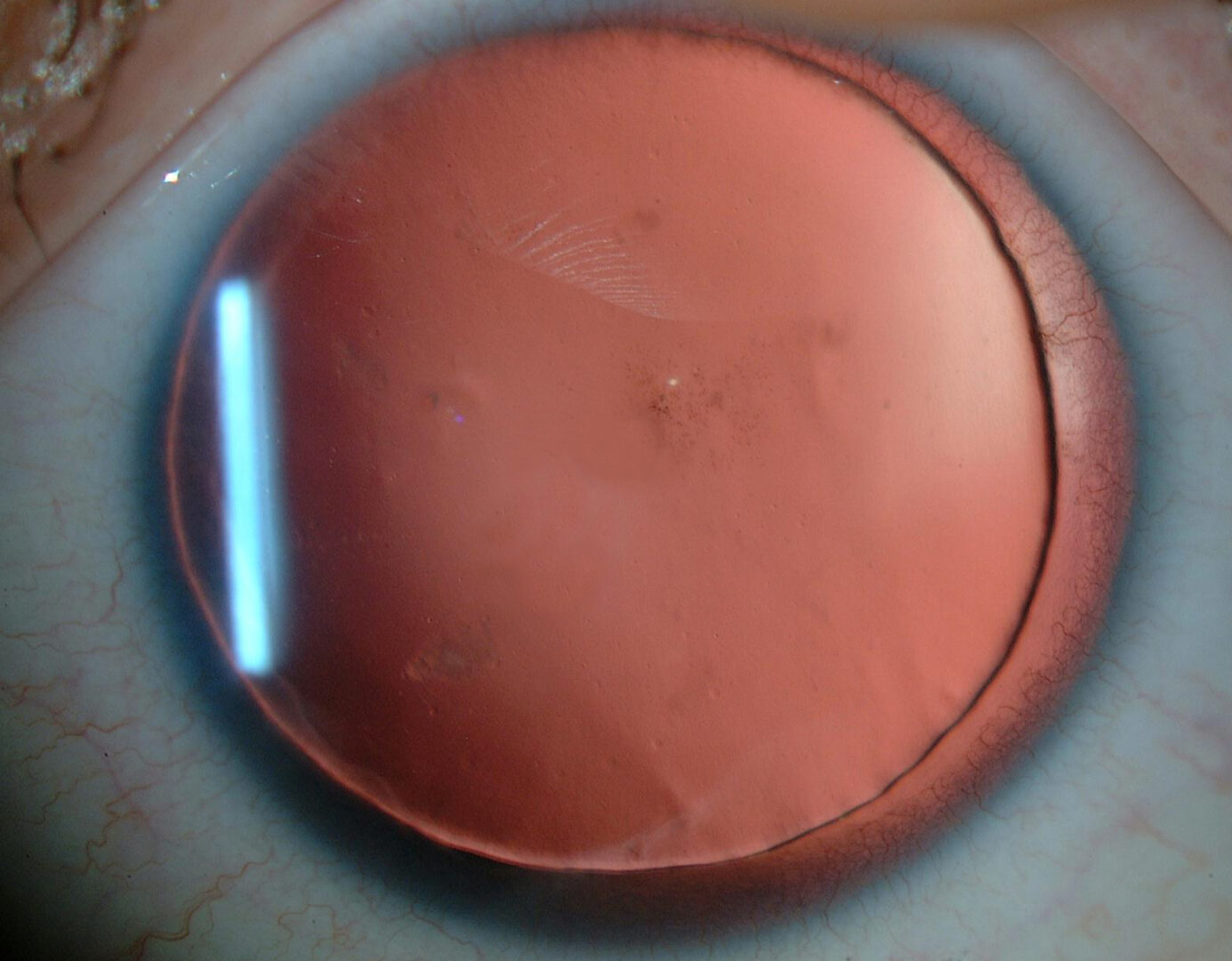Eye diseases
Aniridia

What is aniridia?
Aniridia is an eye disease that is characterised by the total or partial loss of the iris, the contractile ring surrounding the pupil that gives our eyes their colour, as well as controlling the amount of light that enters the eyeball.
Although it can be an acquired disorder following an accident or other causes, it is generally a congenital disease that affects 1 in every 80,000 newborns. It is therefore considered “rare” or minority.
As well as a missing or rudimentary iris that has not fully developed, this eye disease also affects other parts of the eye in 90% of the cases, causing different vision problems through life.
Symptoms
Aniridia means that the eye’s pupil (central black hole) is seen larger than using or has an irregular shape.
The main symptoms associated to the disease are photophobia –due to the difficulties in controlling the entry of light due to the missing iris–, as well as blurred vision or poor visual acuity when it is associated, for example, to opacity of the cornea, a cataract, or poor development of the optic nerve or macula (central part of the retina). Aniridia is also commonly linked to glaucoma –present in half of all patients–, or to other problems such as nystagmus (involuntary movements with the eyes and consequence difficulty in focusing), a depletion of corneal epithelial stem cells, dry eye, amblyopia or strabismus.


